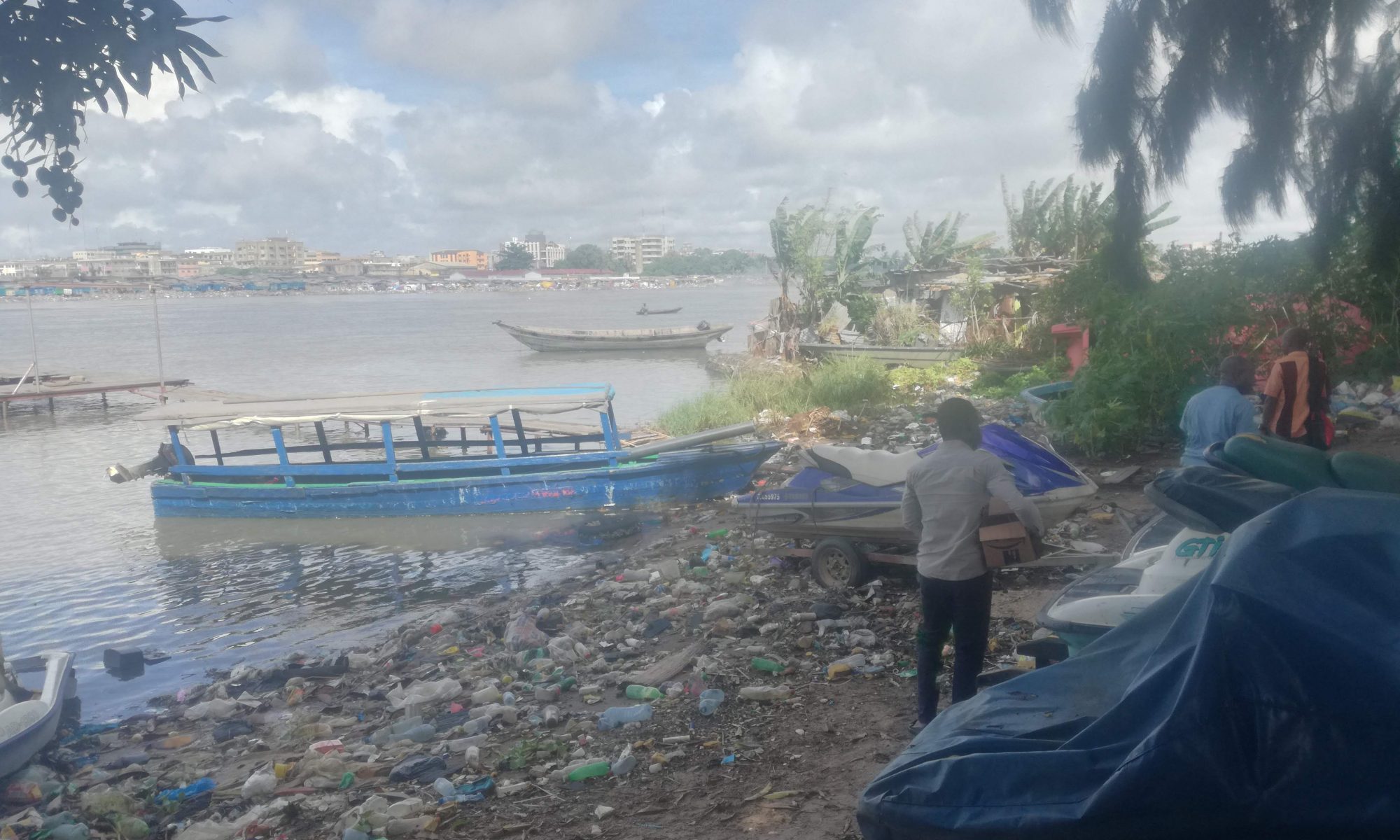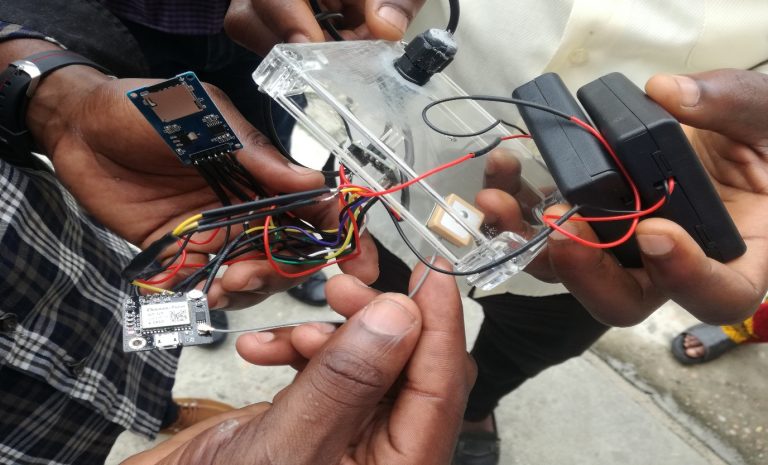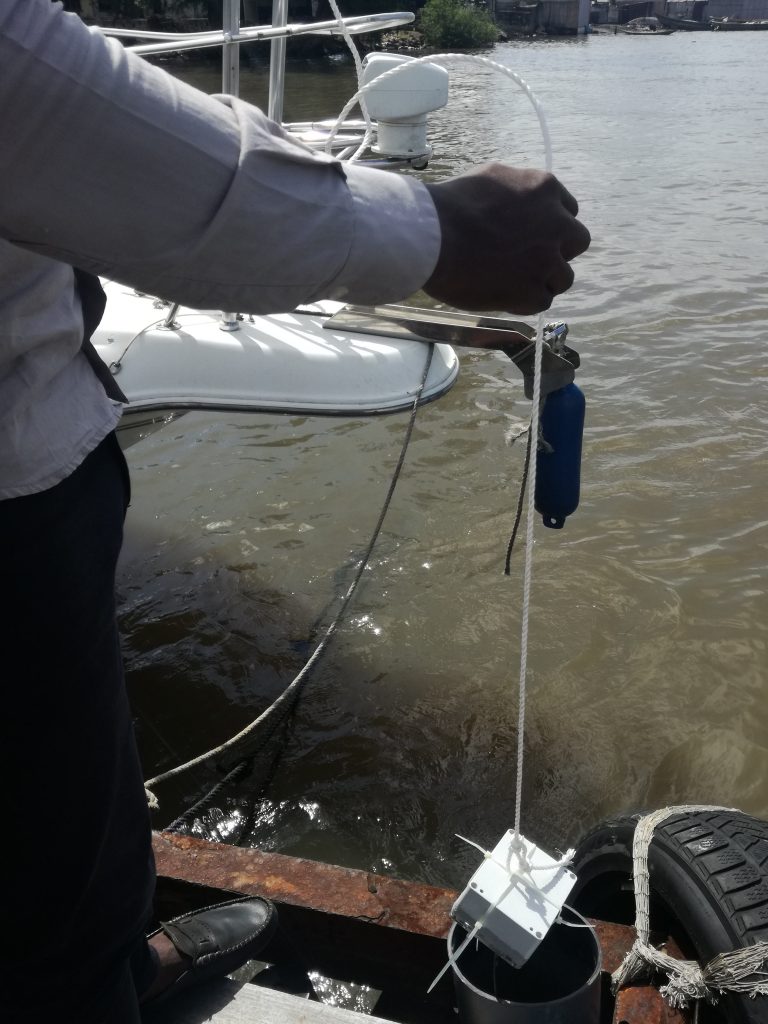 Bio-Bridge: development of a methodology to acquire a spatiotemporal series of physicochemical parameters of the coastal marine environment of Benin
Bio-Bridge: development of a methodology to acquire a spatiotemporal series of physicochemical parameters of the coastal marine environment of Benin
| Release date | 27/11/2019 |
|---|---|
| Contributor | Lucie Ongena |
- The project is mainly sponsored by the Bio-Bridge initiative and co-sponsored by CEBioS.
- Proponent: Institut de Recherches Halieutiques et Océanologiques du Bénin (IRHOB)
- Collaborators: Recherches en Zones Humides (LRZH) Université d’Abomey-Calavi (Benin), RBINS, CEBioS
- The overall objective of this Project is to foster long-term cooperation between IRHOB, the University of Abomey-Calavi (UAC) in Benin, and the Royal Belgian Institute of Natural Sciences (RBINS) on the development of a methodology to acquire reliable scientific data for rational management and the conservation of aquatic resources in Benin, using sound scientific, technical, and socioeconomic advice. BBI funding enables cooperation in manufacturing Arduino sensors in order to measure physicochemical water quality parameters, such as temperature, salinity, acidity and dissolved oxygen, of the marine and lacustrine environment around Cotonou in Benin. This data collection will constitute the first step towards constructing habitat suitability maps.



- About IRHOB/CEBioS: "Le contact entre les deux instituts a été initié en 2016 lorsque l’IRHOB (Institut de Recherche Halieutiques et Océanologiques du Bénin), qui souhaitait mettre en place une équipe de modélisation marine, a pris contact avec l’IRSNB afin de pouvoir télécharger le code du modèle de circulation océanique de l'IRSNB (COHERENS). En 2017, un premier atelier a été organisé au Bénin afin de concrétiser le partenariat. Cet atelier a abouti à un premier projet pilote comprenant un cours d'initiation de trois semaines à la modélisation hydrodynamique des océans. En juin 2018, plusieurs parties prenantes ont assisté à l'atelier de clôture et de nombreuses questions relatives à la biodiversité ont été discutées ; la question de la dynamique des populations de crevettes et surtout de la crevette tigrée envahissante étant la plus pertinente pour tous les participants. En 2018, l'IRSNB et l'IRHOB ont participé au concours D4D avec une idée novatrice pour développer une alternative peu coûteuse pour les capteurs afin de soutenir la recherche sur la crevette."
- You can read more about this project on the OD Nature blog.
 This site uses cookies in order to function as expected. By continuing, you are agreeing to our
This site uses cookies in order to function as expected. By continuing, you are agreeing to our 




